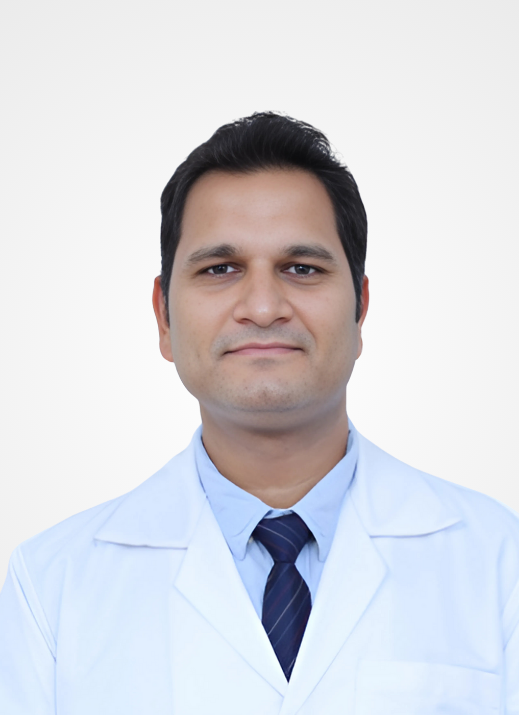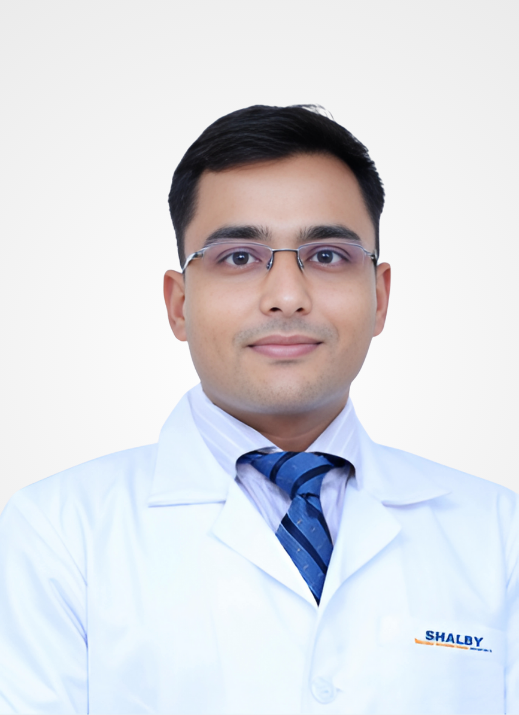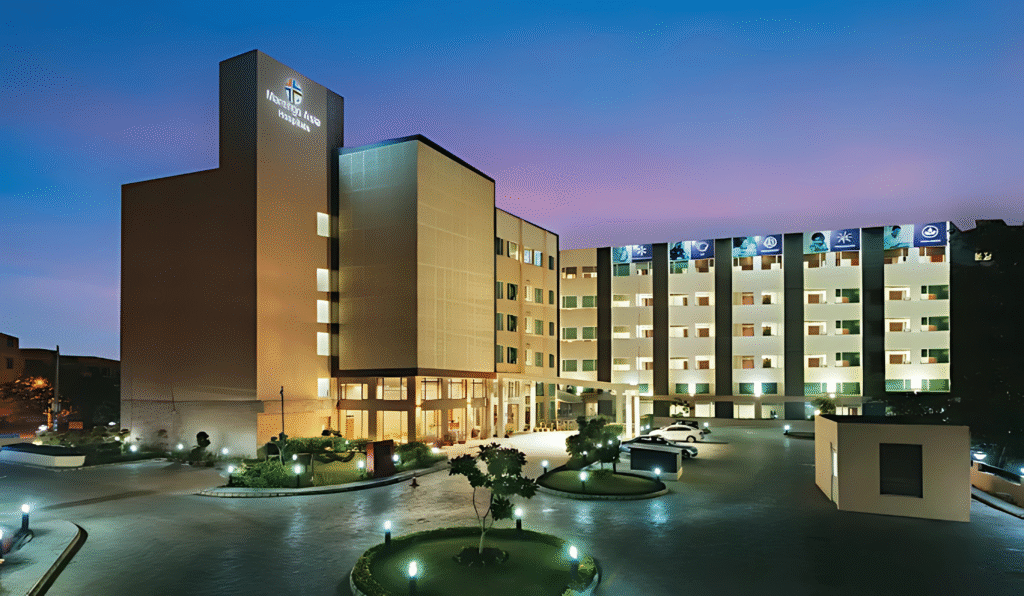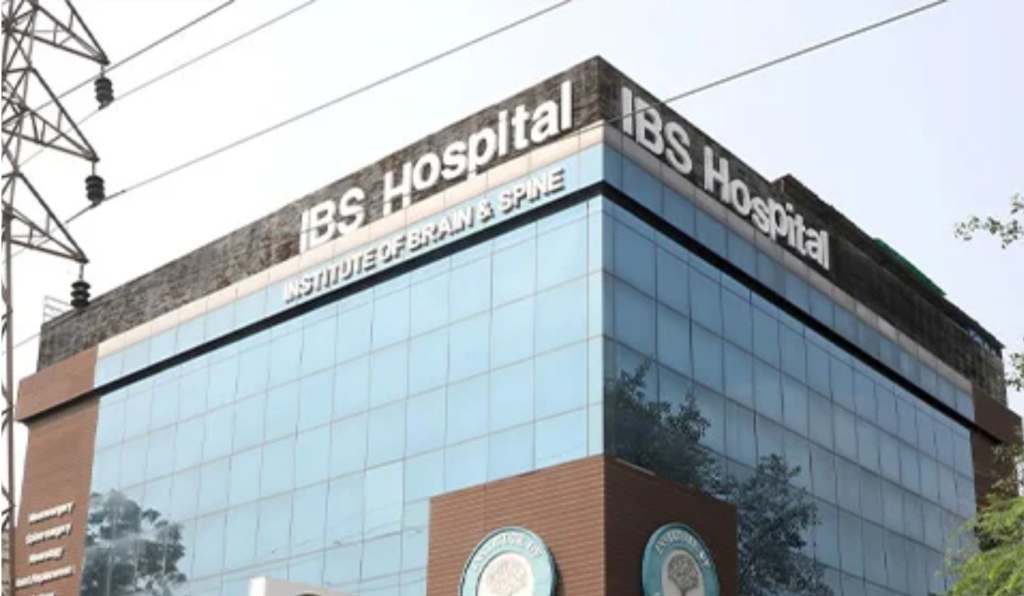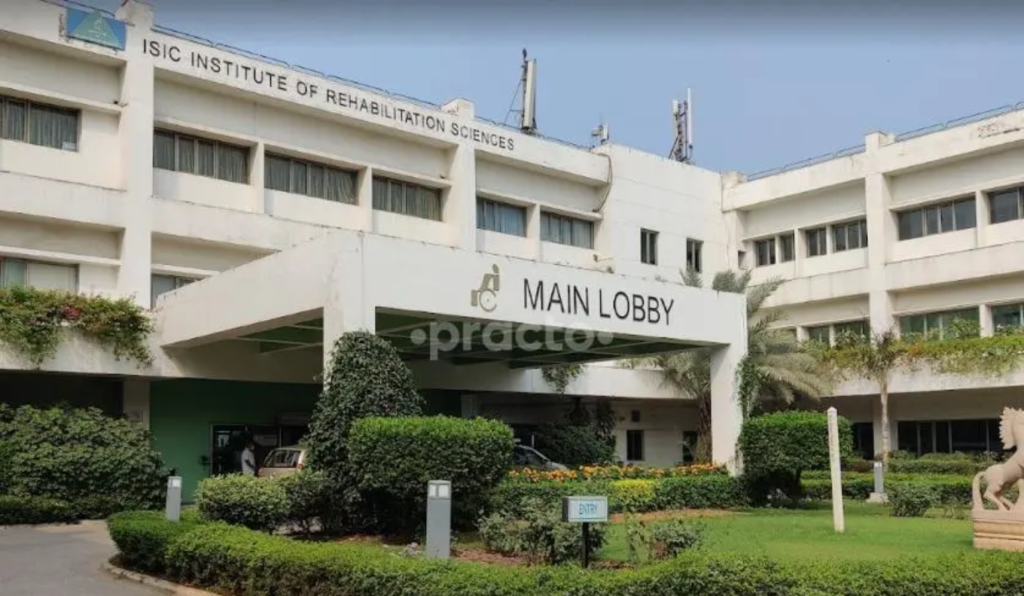Breast Cancer Treatment Cost in India

What is Breast Cancer?
Breast cancer is a malignant condition that arises when abnormal cells in the breast begin to grow uncontrollably. These cells may form a lump or mass known as a tumor, which can be detected through imaging or physical examination. Over time, if not diagnosed and treated early, these cancerous cells may invade surrounding tissues and spread to other parts of the body such as lymph nodes, bones, liver, lungs, or brain — a process known as metastasis.
While breast cancer is most common among women, it can also affect men, although such cases are rare. The disease can originate in various parts of the breast, including the milk ducts (ductal carcinoma), milk-producing lobules (lobular carcinoma), or the connective tissues. Each of these origins leads to different types of breast cancer, each with distinct behavior, prognosis, and treatment approaches.
Thanks to advances in screening and diagnosis — including mammography, breast MRI, and ultrasound — breast cancer can now often be detected in its early stages, when it is most treatable. With appropriate therapy, many patients with breast cancer go on to live full and healthy lives.
How Does Breast Cancer Develop?
Breast cancer develops when cells in the breast begin to grow uncontrollably due to mutations in their DNA. These mutations can be inherited (such as BRCA1 and BRCA2 gene mutations) or acquired over time due to environmental and hormonal factors. As these abnormal cells multiply, they form a tumor that may be benign (non-cancerous) or malignant (cancerous).
The development typically follows this progression:
Cell Mutation: Damage to DNA causes breast cells to lose control over their growth cycle.
Tumor Formation: Abnormal cells divide rapidly, forming a lump or mass in breast tissue.
Invasion: Cancer cells invade surrounding tissues such as the ducts or lobules.
Metastasis: Through lymph nodes or blood vessels, cancer may spread to bones, lungs, liver, or brain.
Specific subtypes like Triple-Negative Breast Cancer (TNBC) and HER2+ Breast Cancer are more aggressive due to the lack or overexpression of certain receptors, influencing how the cancer behaves and responds to treatment.
Causes and Risk Factors
While the exact cause of breast cancer is not always clear, several risk factors significantly increase the likelihood of developing the disease:
Genetic mutations: Inherited mutations in genes such as BRCA1 and BRCA2 are major risk factors.
Family history: Having a close relative (mother, sister, or daughter) with breast cancer raises the risk.
Hormonal influences: Prolonged exposure to estrogen due to early menstruation or late menopause can elevate risk.
Age and gender: Women over the age of 50 are more likely to be diagnosed with breast cancer.
Lifestyle factors: Obesity, lack of physical activity, high alcohol intake, and smoking are linked to increased risk.
Reproductive history: Not having children, or having a first child after 30, may contribute.
Radiation exposure: Undergoing radiation therapy to the chest area, especially at a young age.
Some types like Triple-Negative Breast Cancer (TNBC) and HER2+ Breast Cancer are associated with unique molecular profiles rather than traditional hormonal triggers.
Symptoms
Symptoms of breast cancer can vary widely, and some individuals may not notice any obvious signs until the cancer has advanced. However, early detection improves outcomes, making symptom awareness critical.
Lump in the breast or underarm that feels different from surrounding tissue
Change in the size, shape, or appearance of the breast
Nipple discharge, which may be bloody or clear and unrelated to breastfeeding
Skin changes, such as dimpling, puckering, redness, or flakiness
Inverted or retracted nipple
Swelling or thickening in a part of the breast
Persistent pain or tenderness in the breast or nipple area
Symptoms can also differ based on the type:
Triple-Negative Breast Cancer (TNBC): Often more aggressive, symptoms may appear rapidly.
HER2+ Breast Cancer: May have similar visible signs but can grow and spread faster.
Types of Breast Cancer
Breast cancer is categorized based on where it begins, how it behaves, and the receptors it expresses. Knowing the type helps determine the right treatment plan.
The most common type of breast cancer.
Begins in the milk ducts and invades surrounding tissue.
Can spread to lymph nodes and beyond.
Originates in the milk-producing lobules.
Grows in a single-file pattern, making it harder to detect on imaging.
Has a higher chance of affecting both breasts.
Non-invasive; abnormal cells are confined to the milk ducts.
Has not yet spread but requires early treatment to prevent progression.
Not cancer, but a marker of increased risk.
Indicates abnormal cells in lobules, raising the likelihood of invasive cancer later.
Lacks estrogen, progesterone, and HER2 receptors.
More aggressive and harder to treat due to fewer targeted therapies.
Common in younger women and those with BRCA1 gene mutations.
Has too much HER2 protein, which promotes cancer growth.
Tends to grow quickly but responds well to targeted therapies like trastuzumab.
Can occur with or without hormone receptor positivity.
Which Type of Breast Cancer is Most Dangerous?
Triple-Negative Breast Cancer (TNBC) is considered the most aggressive form of breast cancer. It lacks estrogen, progesterone, and HER2 receptors, making it resistant to many standard treatments and prone to faster growth and spread.
Why Choose India for Breast Cancer Treatment?
India has emerged as a trusted destination for breast cancer treatment, offering a powerful combination of advanced medical technology, highly skilled oncologists, and patient-focused care. From early-stage breast cancer to complex subtypes like HER2-positive and Triple-Negative Breast Cancer (TNBC), Indian hospitals provide precise, evidence-based treatments at a fraction of the global cost. The country’s cancer centers are equipped with modern diagnostic and therapeutic tools, ensuring each patient receives a personalized and effective treatment plan.
India has specialized breast cancer units offering comprehensive care that includes early detection, image-guided biopsies, breast-conserving surgeries, reconstruction, and advanced chemotherapy and targeted therapy for HER2+ and Triple-Negative Breast Cancer (TNBC). These centers follow international treatment guidelines and offer excellent cosmetic and oncologic outcomes.
With access to digital mammography, breast MRI, 3D tomosynthesis, and PET-CT scans, Indian hospitals ensure accurate staging and diagnosis, essential for choosing the right treatment. Tumor profiling and hormone receptor testing are routinely performed to personalize treatment.
- Indian oncologists have extensive experience in managing aggressive subtypes such as Triple-Negative and HER2-positive breast cancer. They use a combination of targeted therapies, immunotherapy, and dose-dense chemotherapy regimens for improved outcomes.
India offers cancer care that is 60–80% more affordable than in countries like the US or UK, without sacrificing quality. Internationally accredited hospitals maintain high standards, using the same FDA-approved drugs, surgical implants, and protocols used in the West.
In India, you can begin cancer treatment quickly. Diagnostic scans, biopsies, and tumor board reviews are completed within days—unlike in many countries where long waiting periods can delay care. Fast treatment initiation is crucial for aggressive cancers.
India provides an all-inclusive, patient-friendly ecosystem:
✔ Dedicated international patient coordinators
✔ Medical visa assistance for seamless travel
✔ Budget-friendly accommodation & transportation
✔ Multilingual staff including English-speaking doctors
This ensures a comfortable and stress-free experience for international patients during their treatment journey.
Different Types of Treatments for Breast Cancer
Breast cancer treatment requires a personalized approach depending on the type (such as Triple-Negative or HER2+), the stage of cancer, and hormone receptor status. Modern treatments include a combination of therapies designed to destroy cancer cells, slow their growth, and prevent recurrence.
How It Works:
Hormone therapy blocks the effects of estrogen or progesterone that fuel certain types of breast cancer cells (especially hormone-receptor-positive cancers).
Blocks hormone receptors on cancer cells
Lowers hormone levels in the body
Prevents recurrence in hormone-sensitive cancers
When It’s Used:
For ER-positive or PR-positive breast cancer
After surgery to prevent recurrence
As a long-term adjuvant treatment
Benefits:
Reduces risk of cancer returning
Can be taken orally (pills like Tamoxifen)
Suitable for pre- and post-menopausal women
How It Works:
Chemotherapy uses powerful drugs to target and destroy rapidly dividing cancer cells throughout the body.
Kills cancer cells systemically
Shrinks tumors before surgery
Prevents micrometastasis
When It’s Used:
For Triple-Negative or aggressive HER2+ cancers
Before (neoadjuvant) or after (adjuvant) surgery
In metastatic breast cancer cases
Benefits:
Treats cancer throughout the body
Enhances surgery outcomes
Extends survival in advanced cases
How It Works:
Targeted therapies block specific proteins or genes (such as HER2) that drive cancer growth.
Disrupts HER2 receptor signaling
Targets cancer with minimal damage to normal cells
Often used with chemo or hormone therapy
When It’s Used:
In HER2-positive breast cancer
Alongside chemotherapy or post-surgery
For advanced or metastatic breast cancer
Benefits:
Higher precision, fewer side effects
Improves survival in HER2+ patients
Can slow or stop disease progression
How It Works:
High-energy rays are directed to the affected breast area to kill remaining cancer cells post-surgery.
Destroys microscopic residual cancer cells
Reduces local recurrence
Applied externally or internally
When It’s Used:
After lumpectomy or mastectomy
In node-positive cases
To treat bone or brain metastases
Benefits:
Reduces recurrence risk
Preserves healthy surrounding tissue
Non-invasive and outpatient-based
How It Works:
Immunotherapy activates the body’s immune system to recognize and attack cancer cells.
Blocks immune checkpoints (like PD-L1)
Helps immune system detect hidden cancer
Especially promising for Triple-Negative Breast Cancer
When It’s Used:
In Triple-Negative metastatic breast cancer
As part of clinical trials or combination treatments
When standard options fail
Benefits:
Potential long-term control
Fewer systemic side effects
Boosts overall immune response
Different Procedures for Breast Cancer
Treatment of breast cancer often requires one or more surgical procedures aimed at removing cancerous tissue, checking for spread, and reconstructing the breast. These procedures may be recommended based on cancer stage, location, and personal preferences.
How It Works:
A lumpectomy involves surgically removing the cancerous tumor along with a small margin of surrounding healthy tissue, preserving most of the breast.
When It’s Used:
Early-stage breast cancer
Tumors small in size compared to breast volume
When breast-conserving surgery is preferred
Benefits:
Preserves the natural shape of the breast
Less invasive than mastectomy
Often followed by radiation for added safety
How It Works:
A mastectomy removes the entire breast tissue, sometimes including nearby lymph nodes, depending on the type.
When It’s Used:
Large or aggressive tumors
Multiple tumors in the same breast
When radiation is not an option
Benefits:
Reduces recurrence risk
Can eliminate need for radiation in some cases
Option for reconstructive surgery afterward
How It Works:
This procedure identifies and removes the first lymph node(s) to which cancer is likely to spread from the primary tumor.
When It’s Used:
During initial surgery
To check cancer spread
For staging and treatment planning
Benefits:
Minimally invasive lymph node testing
Helps avoid full lymph node removal
Reduces risk of lymphedema
How It Works:
Reconstructive surgery rebuilds the shape of the breast using implants or tissue from another part of the body.
When It’s Used:
After mastectomy or lumpectomy
Immediate or delayed reconstruction
For cosmetic and emotional recovery
Benefits:
Restores natural appearance
Boosts self-confidence
Can be customized to individual needs
How It Works:
Robotic-assisted breast surgery allows for more precise excisions with better visualization and minimal invasiveness.
When It’s Used:
In selected patients requiring delicate tumor removal
Where enhanced accuracy is needed
For hidden scar techniques
Benefits:
Smaller incisions
Shorter recovery time
Excellent cosmetic results
Other Advanced Procedures and Costs for Breast Cancer
How It Works:
IORT delivers a concentrated dose of radiation to the tumor bed during surgery, immediately after the tumor is removed.
When It’s Used:
In early-stage breast cancer
When preserving healthy tissue is essential
As a one-time alternative to traditional radiation
Benefits:
Reduces overall treatment time
Limits radiation to surrounding tissue
Can reduce recurrence risk
Cost in India: $2,500 – $4,000
How It Works:
This combines cancer surgery and plastic surgery techniques to remove tumors and reshape the breast in one procedure.
When It’s Used:
For larger tumors where aesthetics are a concern
In breast-conserving surgeries
When symmetry needs to be preserved
Benefits:
Removes cancer effectively
Preserves or improves breast appearance
Enhances patient quality of life
Cost in India: $3,000 – $5,500
How It Works:
Proton therapy uses positively charged particles (protons) instead of traditional X-rays to target tumors with precision.
When It’s Used:
In recurrent or radiation-resistant breast cancer
When tumors are near vital organs (heart, lungs)
For young patients to reduce long-term side effects
Benefits:
Minimizes damage to surrounding tissue
Reduces long-term side effects
Especially helpful in left-sided breast cancer
Cost in India: $9,000 – $12,000
How It Works:
Uses radioactive dye to identify and remove only the first few lymph nodes (sentinel nodes) where cancer may spread.
When It’s Used:
In early-stage breast cancer
To avoid full axillary lymph node removal
When lymph node involvement is unclear
Benefits:
Less invasive
Reduced risk of lymphedema
Quicker recovery
Cost in India: $1,200 – $2,000
Best Doctors for Prostate Cancer Treatment in India
Best Hospitals for Prostate Cancer Treatment in India
Med Travel India Offerings
How does Med Travel India help you?
Med Travel India is dedicated to assisting international patients in accessing high-quality prostate cancer treatment in India. From selecting the best hospitals to providing logistical support, we ensure a seamless medical journey. Our team works closely with top oncologists and healthcare facilities to offer personalized treatment plans tailored to each patient’s condition.
We take care of every aspect of medical travel, allowing patients to focus solely on their recovery. Below is a list of services provided by our company:
Services offered by Med Travel India

Seamless Planning for Your Medical Journey
Before you even arrive, we take care of all the groundwork. From connecting you with top specialists to ensuring all necessary medical evaluations are completed, we make your journey stress-free. Our goal is to provide clarity and comfort before your treatment begins.
- Free Medical Consultation
- Personalized Treatment Plan
- Estimated Cost & Duration
- Visa Assistanc
- Second Opinion Service
- Pre-Arrival Coordination
Worry-Free Travel & Comfortable Stay
We ensure that your journey to India is as smooth as possible. From booking your flights to arranging a comfortable stay near your hospital, we handle everything so you can focus on your health.
- Flight Booking Assistance
- Accommodation Booking
- Airport Pickup & Drop
- Language Interpretation Services
- Local Transport Arrangements
- Currency Exchange Support


World-Class Medical Care, Personalized for You
We ensure that your medical treatment is well-organized and efficient. Our team works closely with hospitals to facilitate smooth admissions, consultations, and procedures, ensuring you receive top-quality healthcare.
- Priority Appointment Scheduling
- Direct Hospital Admission
- Specialist Doctor Assignment
- Pharmacy & Medical Supplies
- Hospital Admission & Discharge Support
- 24/7 Customer Assistance
Continued Support for a Speedy Recovery
Your health journey doesn’t end after treatment. We provide post-procedure assistance to ensure a smooth recovery, whether you stay in India for rehabilitation or return home.
- Post-Surgical Care Coordination
- Rehabilitation & Physiotherapy
- Virtual Doctor Consultations
- Diet & Lifestyle Guidance
- Extended Stay Arrangements
- Post-treatment Medical Supplies


Beyond Healthcare, A Comfortable Experience
We offer additional services to make your stay in India comfortable and enriching, ensuring that your well-being is cared for beyond the hospital.
- Medical Insurance Settlement Help
- SIm Card Assistance
- Customized Sightseeing Tours
- Medical Document Assistance
- Personalized Assistance for Family Members
- Concierge Services
Reviews From Our Patient





